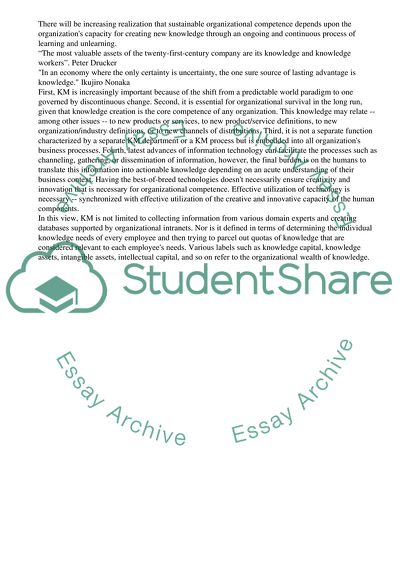Cite this document
(Building a Knowledge Sharing Company Essay Example | Topics and Well Written Essays - 2500 words, n.d.)
Building a Knowledge Sharing Company Essay Example | Topics and Well Written Essays - 2500 words. Retrieved from https://studentshare.org/business/1702813-knowledge-management
Building a Knowledge Sharing Company Essay Example | Topics and Well Written Essays - 2500 words. Retrieved from https://studentshare.org/business/1702813-knowledge-management
(Building a Knowledge Sharing Company Essay Example | Topics and Well Written Essays - 2500 Words)
Building a Knowledge Sharing Company Essay Example | Topics and Well Written Essays - 2500 Words. https://studentshare.org/business/1702813-knowledge-management.
Building a Knowledge Sharing Company Essay Example | Topics and Well Written Essays - 2500 Words. https://studentshare.org/business/1702813-knowledge-management.
“Building a Knowledge Sharing Company Essay Example | Topics and Well Written Essays - 2500 Words”, n.d. https://studentshare.org/business/1702813-knowledge-management.


